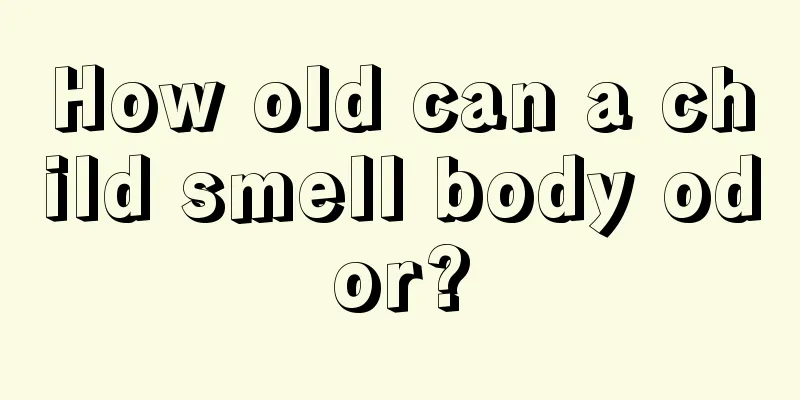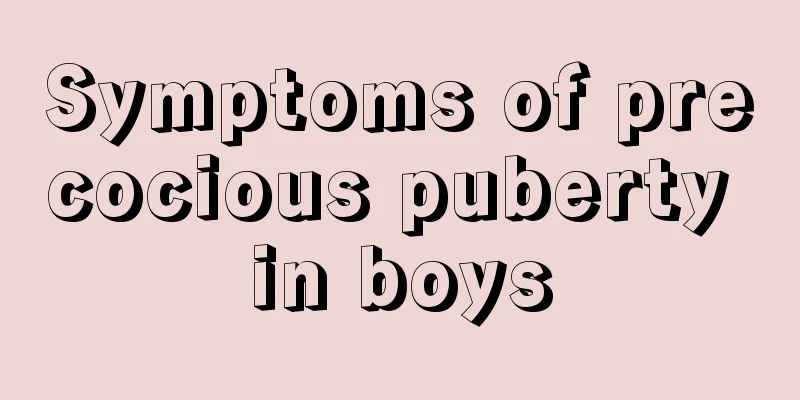The child has an abscess on his gums

|
Dental health has always been a concern for parents. Many children have to check their teeth regularly. Eating sweets for a long time, not paying attention to adjusting teeth, and not brushing teeth and rinsing the mouth frequently can lead to pus lumps around the gums. Most of the pus is milky white and needs to be cleaned to prevent bacterial residue. Causes of chronic gingivitis No disease in our life occurs without reason, so there is a reason for the occurrence of every disease. So what causes chronic gingivitis? Let’s take a look below. 1. Poor oral hygiene, with plaque and tartar accumulation on the tooth surface Tartar is a soft deposit attached to the tooth surface, composed of food debris, bacteria, epithelial cells, white blood cells, etc. It is often yellow or off-white and can be easily scraped off. Tartar is a calcified or calcified mass of plaque attached to the tooth surface. Tartar is always covered with bacteria. These bacteria come into close contact with the gums, causing gingivitis. 2. Misaligned teeth The misalignment of individual teeth can often cause food impaction and accumulation of soft plaque, which makes it difficult to remove the dirt by brushing and rinsing the mouth, leading to the occurrence of chronic gingivitis. 3. Bases for removable dentures and orthodontic devices Many of the elderly people I meet use dentures, but often many of them do not fit well with the dental plates and have gaps. This causes bacteria to gather together and form chronic gingivitis. 4. Bad mouth breathing habits Patients with chronic rhinitis have difficulty breathing through the nose and instead breathe through the mouth, gradually developing a habit of mouth breathing. People who breathe through the mouth have dry oral mucosa and gums, poor oral hygiene, reduced gum resistance, and are prone to chronic inflammation. Symptoms of chronic gingivitis 1. Gum color Normal gums are pink, but in cases of gingivitis, the free gums and gingival papillae turn deep red or dark red. This is due to congestion and proliferation of blood vessels in the gingival connective tissue. 2. Gum shape When suffering from gingivitis, due to tissue edema, the gingival margin becomes thicker and no longer close to the tooth surface, and the gingival papilla becomes rounded, blunt and enlarged. When the attached gingiva is edematous, the stippling may also disappear, and the surface becomes smooth and shiny. 3. Texture When suffering from chronic gingivitis, it is often due to the destruction of connective tissue and collagen that causes the gums to become abnormally loose, fragile and lack elasticity. |
<<: Sequelae of general anesthesia for children
>>: How to judge whether the baby's eyes are normal
Recommend
How old is the baby when he doesn't want to eat at night?
Mothers often cry when their babies are feeding a...
Can babies eat pears at ten months old? It is important to know the correct way to eat them.
For babies aged ten months old, parents can give ...
What is the importance of early education?
The physical health of children is something that...
What are the dangers of children's tooth fillings killing nerves?
Children always like to eat some sweets, which is...
What causes babies to spit up?
Every mother has experience in raising children. ...
What should I do if my one-month-old baby has a cold and a stuffy nose?
When a baby is just born, he is still in the stag...
What are the white spots on children's nails?
When mothers take care of their children, they ar...
How to treat baby heat rash
The baby's body is relatively weak. When many...
Can I take medicine after having just received a vaccination?
There are many precautions after getting the vacc...
What nuts are good for young children?
Many parents believe that nuts are good for adult...
What causes newborns to have difficulty breathing?
With the arrival of a little life, it not only br...
Two and a half year old baby vomits after eating
A two-and-a-half-year-old baby vomiting after eat...
Reasons why babies keep waking up at night
Does your baby always wake up at night? Nowadays,...
2 year old baby hair loss
When the seasons change, we will find that our ha...
What should I do if my baby has tonsillitis and snores while sleeping?
As parents, we must observe our children's ev...









